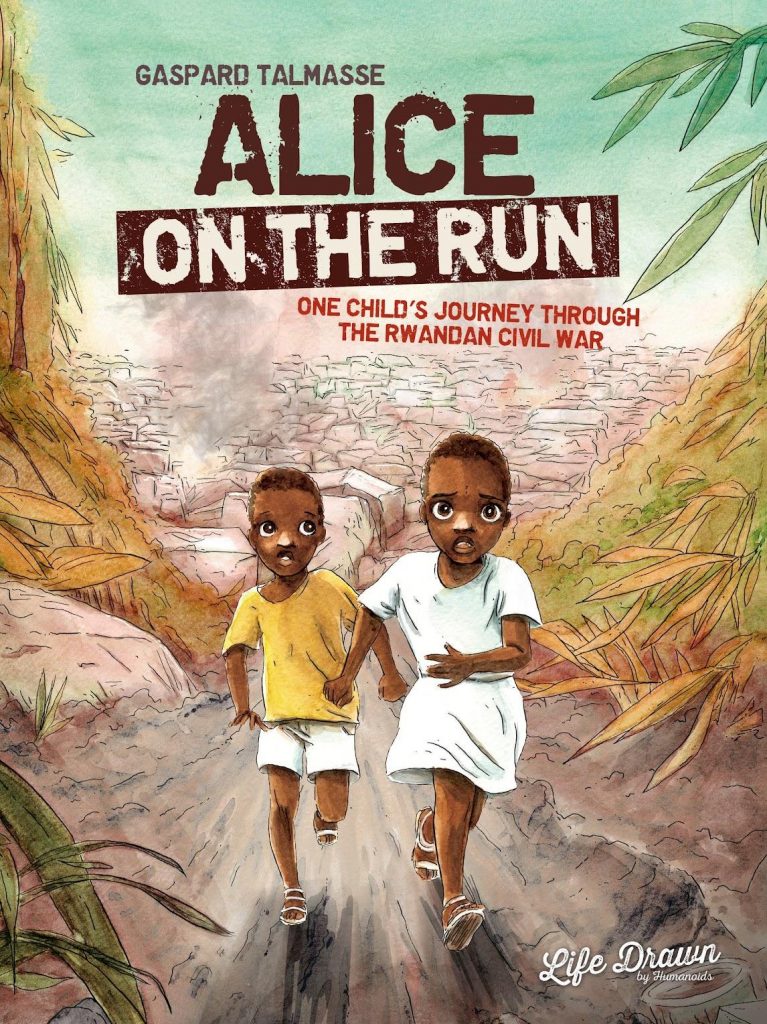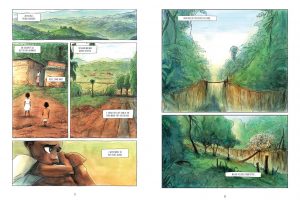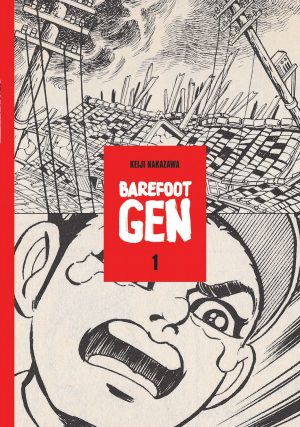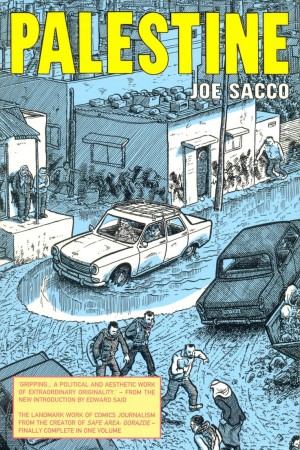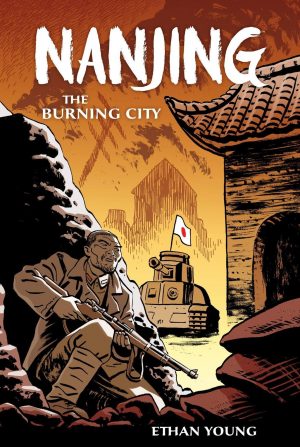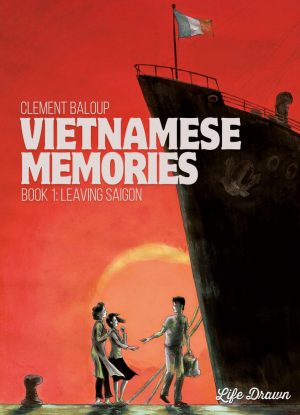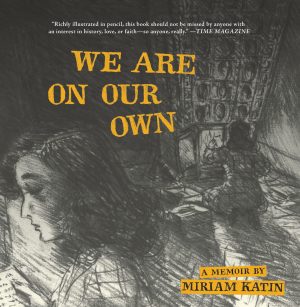Review by Frank Plowright
Alice on the Run is a war drama, but one in which the military manoeuvring isn’t the focus. Gaspard Talmasse instead emphasises the human consequences of warfare as experienced by five year old Alice.
The war she survives is in Rwanda. The 19th century colonial imposition of demarcation boundaries in Africa gave no consideration to any area’s tribal relationships. In Rwanda’s case the Tutsi people were allocated prominence, and their suppression of the Hutu people eventually led to a revolution and the separation of Burundi from Rwanda, a roughly North/South split. The Hutu controlled Rwanda from independence and were vindictive toward their old enemies. Alice’s story occurs during the horrors of the civil war, picking up in 1994 with Alice aged five, and her twin sisters just three.
Their parents are peaceful Hutu, but the fighting reaches their remote area, and they join a vast convoy of people fleeing West. Talmasse transcribes only what Alice remembers seeing, and while that’s a strength in being true to personal experience, it’s also a weakness in diminishing the full horror. Alice remembers the violence, but the trek to a refugee camp across the border in what was then Zaire is just passed off as taking five days. It requires stopping to think what that journey on foot must be like for a child of Alice’s age, although part of the reason for the contraction is space allocated to a subsequent trek. It’s too dispassionate in other areas also. At five Alice isn’t going to give detailed descriptions of backgrounds, so keeping true to her experience Talmasse keeps them vague, and connected to that he presents many, many panels of wide-eyed children with only colour behind them.
Once Rwanda is again stable, the regime begins to hunt down those who fled the country, and Alice’s family head further into Zaire. This is where memories of an appalling trek are highlighted, the right sample art showing the start of a terrifying sequence, understandably burned into Alice’s brain to this day. Sadly it’s not the worst she lives through.
The bulk of Alice’s story covers five years, and the book’s first half restricts man’s inhumanity to man largely to a background feature, but there’s a far greater power to the second half. It features harrowing moments of casual cruelty, the unimaginable terror of the now eight year old Alice wandering in a jungle for two weeks, and the eventual separation from her sister. Whereas before Alice was relatively dispassionate, and great sadness accompanies recollections of what she can now realise. Differing interpretations of what’s meant by family are heartbreaking.
Because Alice is telling her story through Talmasse her survival isn’t an issue, but equally what she faces are problems not experienced by residents of Lyon, Manchester and St Louis, so a concern prevails about the condition she survives in. Strangely, though, Alice is never fully named or credited, although her mother is interviewed after the story. She gives an adult’s perspective and supplies what Alice didn’t know at the time, which adds a new layer of misery and anger. Overall, as patronising as it may sound, that such a young girl experienced what she did is testament to a person’s capacity for survival.
Alice on the Run takes a long time to really warm up, but once it does there’s reason to be thankful for Talmasse choosing the child’s viewpoint. It’s powerful, heartbreaking and a youth beyond rational comprehension for most English speakers.
